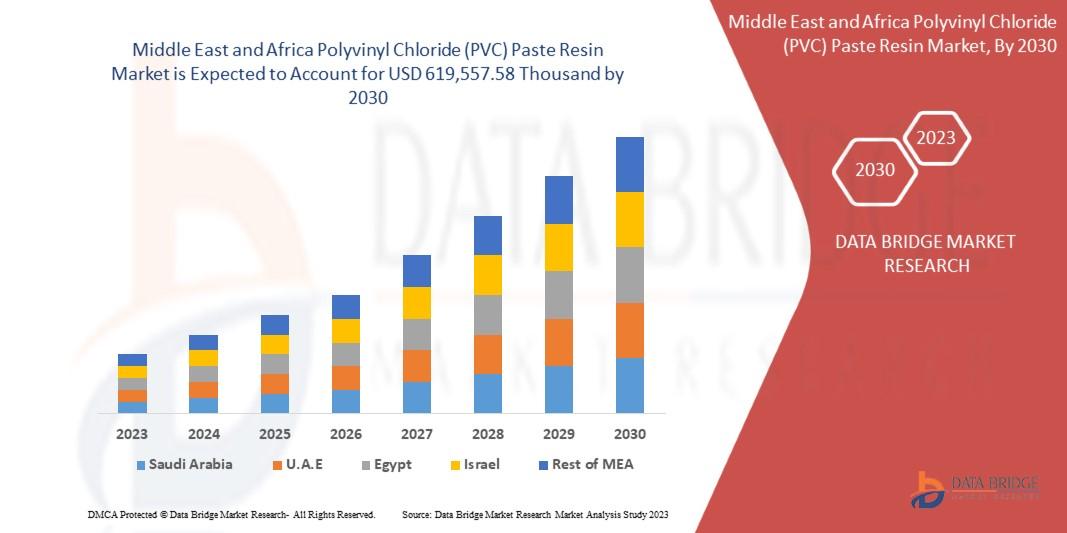Paper Dye Market Analysis: Key Players and Strategies
The global paper dye market has witnessed significant transformation in recent years, driven largely by the increasing demand for high-quality, vibrant, and customized paper products. Traditionally, paper was viewed as a commodity, primarily used in books, newspapers, and office stationery. However, with the growth of packaging, labeling, and decorative applications, the importance of specialized dyes has expanded. Paper dyes are essential additives that provide uniform coloration, improve aesthetic appeal, and enhance the commercial value of paper products. This trend has been particularly strong in industries such as publishing, packaging, and tissue manufacturing, where the end consumer perceives color and design as indicators of quality.
One of the driving forces behind the paper dye market is the shift towards environmentally sustainable dyes. Consumers and regulators are increasingly conscious of the ecological footprint of manufacturing, and companies are investing in eco-friendly, biodegradable dye formulations. Water-based and low-VOC (volatile organic compound) paper dyes are gaining traction, enabling paper producers to meet sustainability goals while maintaining product performance. Moreover, the expansion of recycling initiatives has led to greater demand for dyes capable of covering inconsistencies in recycled fibers, ensuring a clean, uniform finish for high-quality papers.
The rise of e-commerce has further contributed to market growth, as packaging and branding have become central to customer experience. Colored packaging not only protects products but also conveys brand identity, pushing manufacturers to use dyes that can deliver long-lasting vibrancy under various conditions. In addition, the tissue and hygiene sector has expanded significantly, with colored tissues and napkins becoming increasingly popular in both residential and commercial markets.
Geographically, Asia-Pacific dominates the paper dye market due to its large-scale paper production capacity, rising consumer base, and expanding industrial infrastructure. China and India have emerged as key players, both in manufacturing and consumption. Meanwhile, developed regions like North America and Europe are witnessing slower but steady growth, propelled by innovation in specialty papers, luxury packaging, and sustainability regulations.
Looking ahead, the paper dye market is expected to continue its upward trajectory as manufacturers balance innovation with environmental responsibility. The push for dyes that are safe, cost-effective, and adaptable to modern paper-making technologies will shape the future of this industry. As consumer expectations evolve, companies that embrace advanced dye formulations and sustainable practices will emerge as market leaders, turning color into a strategic advantage in the paper sector.







